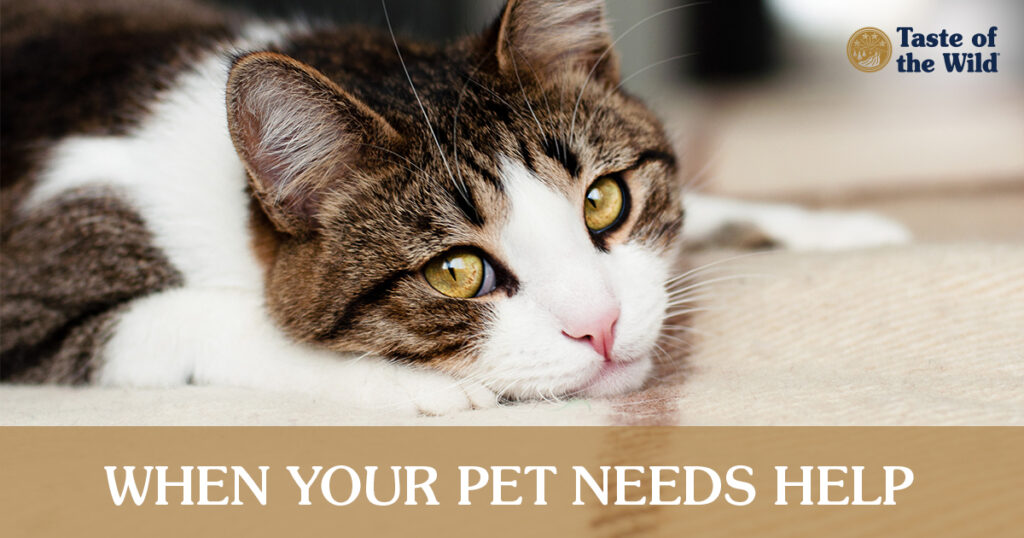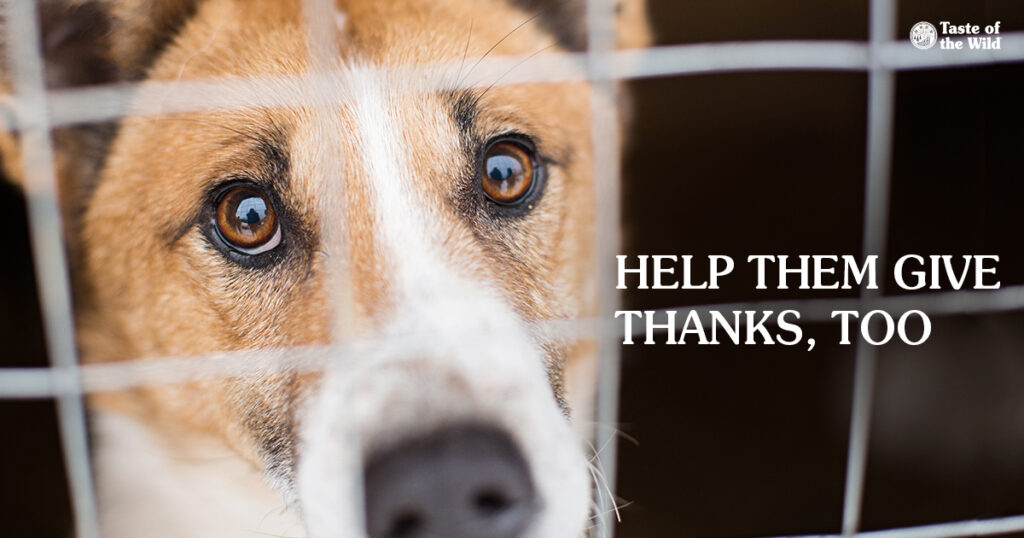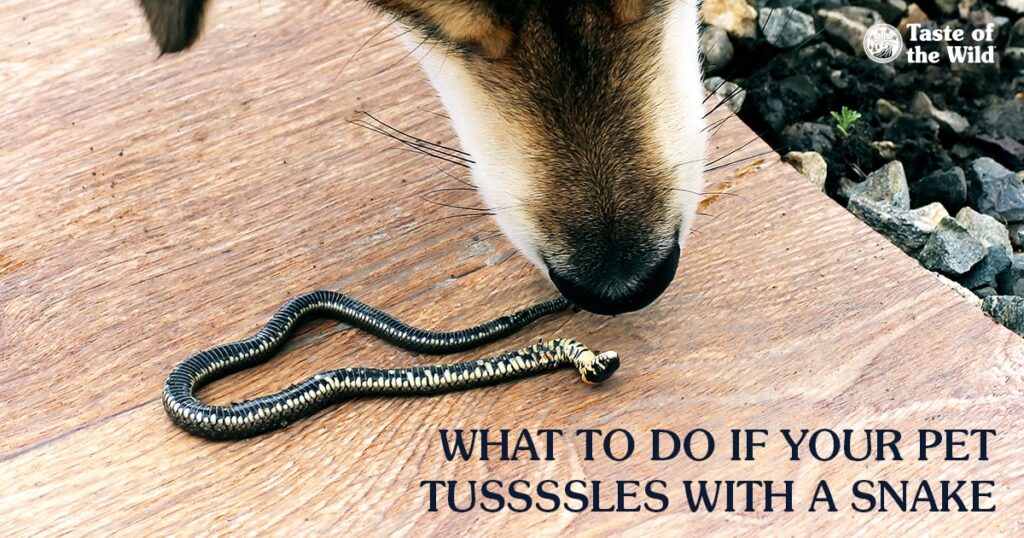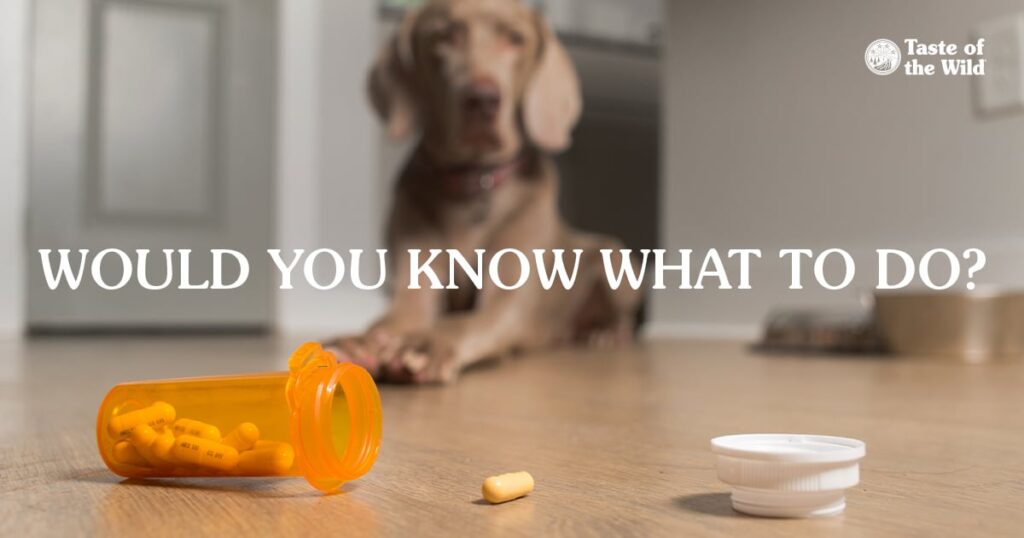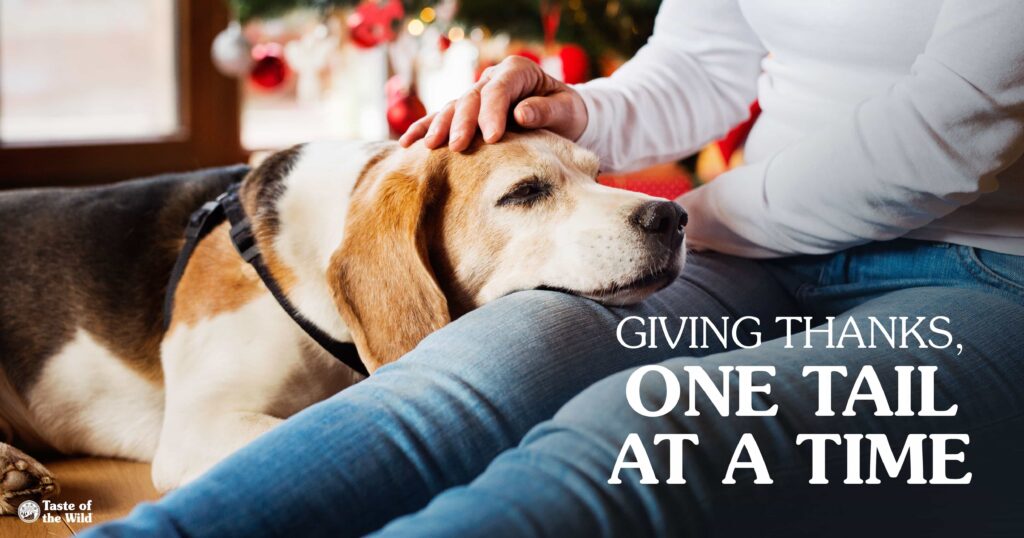
What are you most grateful for this Thanksgiving season? If your pet(s) made the list, you’re not alone! Let’s dive into all the reasons we’re thankful for pets this season and beyond.
We’re Thankful That Pets Bring the Funny
Laughter relaxes our body, boosts our immune system and lowers our blood pressure, epinephrine and glucose levels. We never know what our pets will do next or when they’ll provide us with a good laugh. Just off the top of our thankful, chuckling heads, we’re thinking about:
- Unexpected zoomies
- Those times they think they’re ninjas, trying to sneak people food in plain sight
- Talking to their favorite toy and carrying it around like a baby
- The endless chasing of their elusive tails
It’s an endless parade of laughs and giggles trying to figure out what goes on in those cat and dog brains. And we love every minute of the comedy fest.
But they offer health benefits beyond the healing power of comedy. Research shows that simply being around our pets decreases levels of cortisol (a stress-related hormone), which leads to reduced feelings of loneliness, anxiety, depression and/or symptoms of PTSD. Petting an animal for at least 10 minutes at a time can provide us with comfort and pause. That brings us back to the present moment. Simply thinking about our favorite fluff can immediately boost our mood. Did you just think about your pet as you read that? Did you feel that glimmer of joy? We bet you did.
We’re Thankful for the Unconditional Love Pets Provide
Pets provide us with unconditional love, no matter how we look, who we voted for or how many Instagram followers we have. Returning home from a long day at work, our pets are the first to greet us with wet, slobbery kisses or headbutts. When we’ve had a bad day, our pets sense it and snuggle up to help provide us with comfort. They love us for who we are and the care we show them. Pets also show us how deeply we can love another being, too! They’re part of our family, after all.
We’re Thankful For All the Jobs Our Pets Do
Our pets may work many jobs, being there for us in ways that they might not even be aware of. With a pet, you don’t have to wonder if the mail has been delivered or if your houseguests have arrived. They’ll be the first to alert you to someone or something in the area. Guard pet on duty!
You’ll also never be without a furry bathroom attendant. They may not have opposable thumbs to fetch you another roll of toilet paper, but by golly they’ll make sure you’re not without company.
If you’re cold in bed, there’s always a fluffy foot (or arm, chest, back and neck) warmer ready to snuggle in and raise the temperatures. Sometimes whether you want it or not!
Lastly, they are great at listening to our problems and comforting us in our times of need; they maybe don’t understand, but they also don’t interrupt when we spill our hearts. They don’t know it, but many pets wear the furry hat of an in-home therapist. We are grateful for each and every hat they wear.
We’re Thankful Our Pets Get Us into Shape
To quote Sir Isaac Newton, a body in motion stays in motion. The more active we are with our pets, the better it is for their health and our health. Between walking the dog or dragging a ribbon around the house for the cat to chase, we’re getting those steps in! Need ideas for staying active with your pet in cooler weather? We’ve got you covered.
Adventures Await Us When Pets Are Around
Our pets are always up for an adventure, and we can learn from their examples! Cooking in the kitchen, a furry tail is close behind you. Ready to rake a pile of leaves? You know Rover’s nose is pressed up against the back door eager to help. There’s not much your animal won’t accompany you with around the house. Pets who love adventuring outside of the neighborhood also make great companions for running errands or sightseeing. Oh, the adventures that await us!
We’re Thankful to Pets for Helping Develop Our Younger Generations
Pets help teach our younger family members how to be responsible. Whether they’re helping refill the water bowl or they’re being diligent about playtime with Rover, our young ’uns learn to understand consistency and obligations through the power of pets. Caring for an animal gives a child a sense of feeling valued and grows their self-esteem. Pets can also teach children the importance of patience, trust, compassion and respect. These are just some of the many benefits of raising kids with pets.
Did we miss any reasons YOU might be grateful for your pet(s)? Follow us on Facebook, Instagram and X (formerly Twitter), and let us know why you’re grateful for your animal companion. Your pet photos and stories are something we’re also grateful for!




